Folk-Dance: a glimpse into what makes us Human
Dance is an ancient and deeply human activity. Dancing figures appear in Borneo cave paintings from 20,000 years ago, pre-dating agriculture and the domestication of animals.
Music is even older: a 60,000-year-old flute made from the thigh-bone of a cave bear by Neanderthals was found in a cave in Slovenia. After hunting, dancing to music may be the oldest group activity created by our earliest ancestors.
From those earliest times down to the present, people living in small communities across the world have danced. Dancing together to music and song can be found in the remotest islands in the Pacific and on the frozen Tundra of the Arctic, an activity that links all of us together as human beings. These diverse ethnic dances share common themes; such as the passing of the seasons, a successful harvest or hunt, and other very human events such as coming-of-age, courtship, loss, and war.
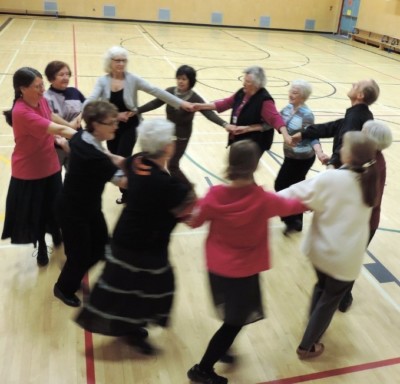 The Surrey International Folk-Dance Society celebrates these humble dances once a week.
The Surrey International Folk-Dance Society celebrates these humble dances once a week.
We usually rely on recorded music for our regular sessions, but at special events like the dance retreat planned for next fall, we dance to live music. Live music taps into something ancient; the almost mystical connection between musicians and dancers, a graceful joining together to create a unique moment in time, transcending the individual parts.
Before COVID, we met Thursday nights at Walnut Road Elementary School. Now, we meet via Zoom, still dancing together to music and song. Learn more about us at our website: surreyfolkdance.org.
By Hal Collier, October 28, 2020

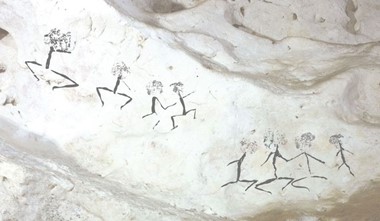
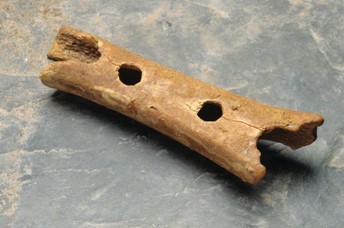
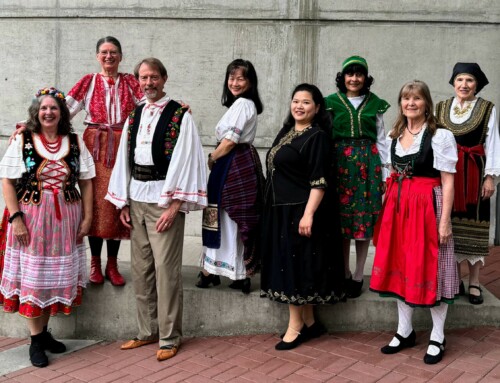
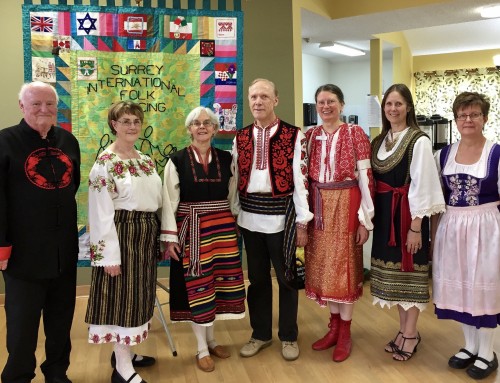
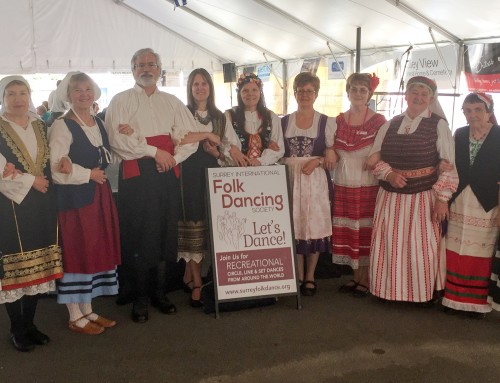
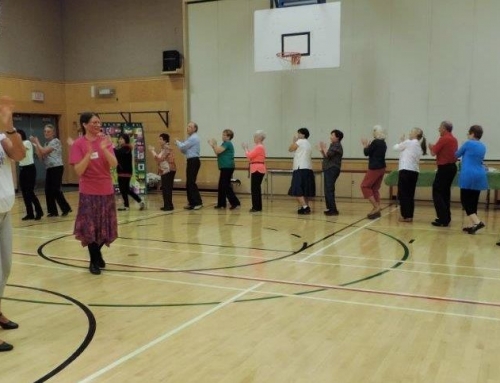
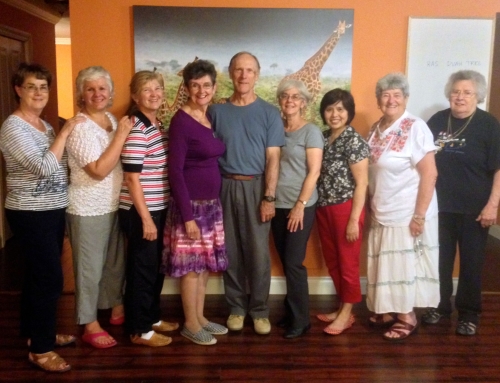
Leave A Comment
You must be logged in to post a comment.